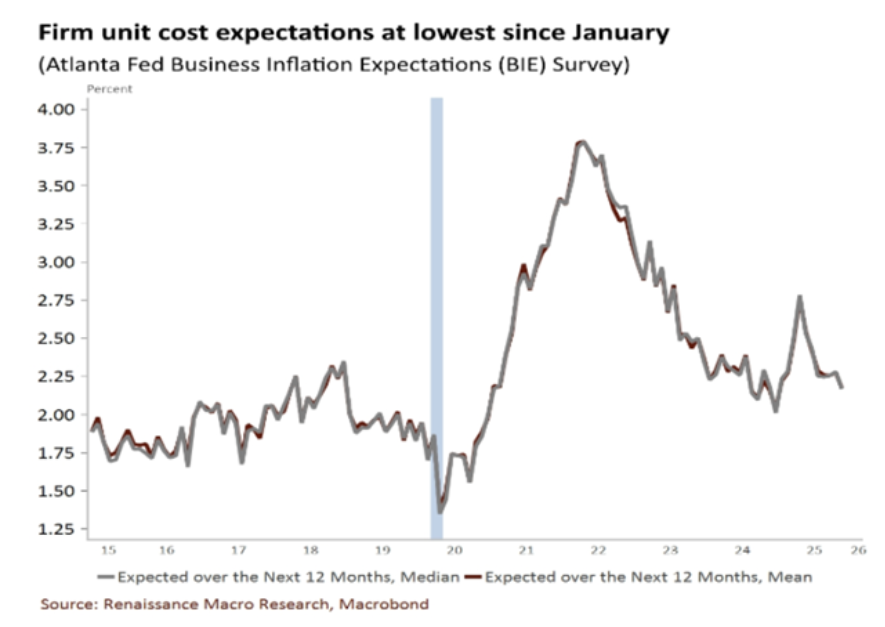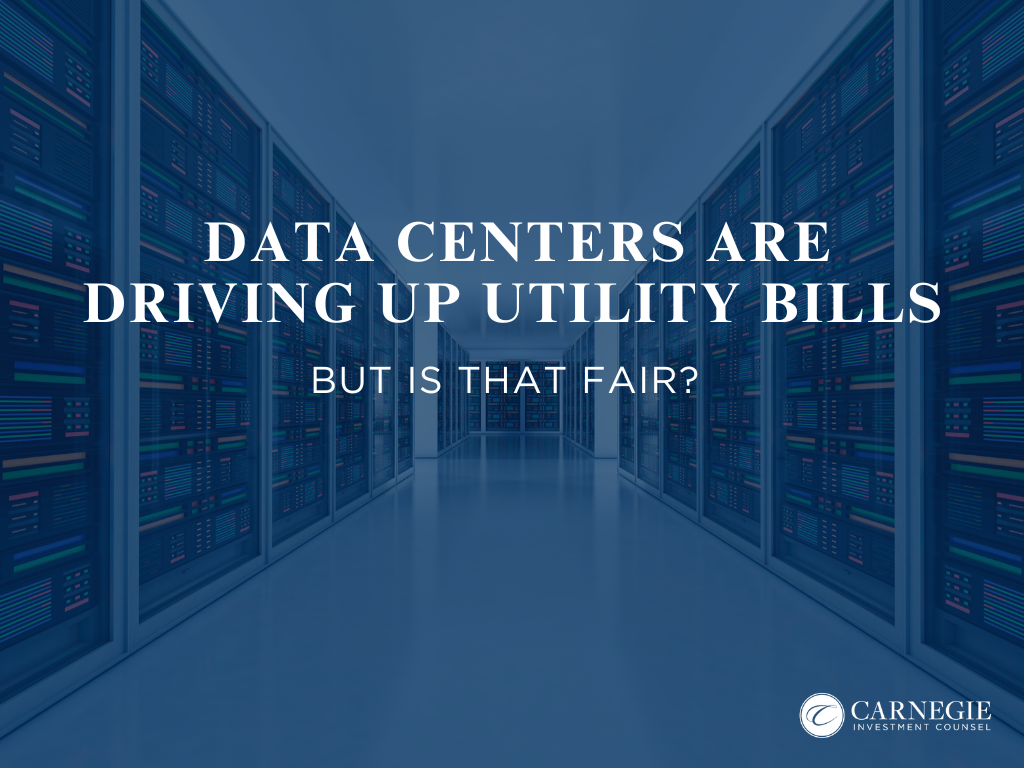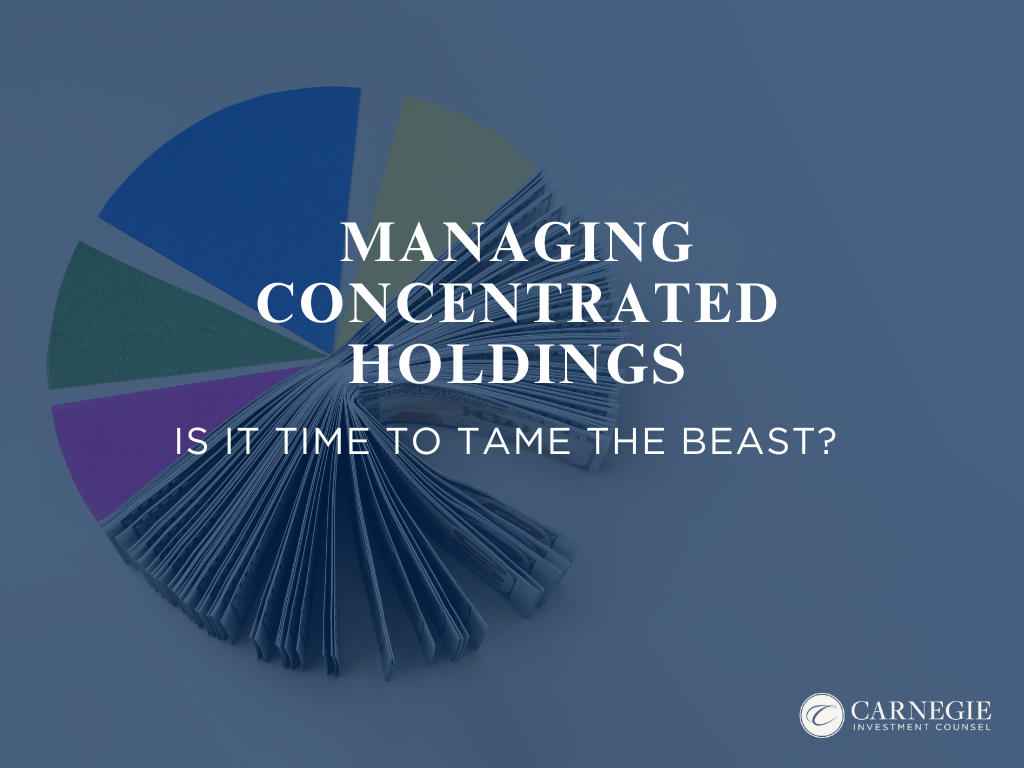For much of the past two years, holding cash felt like a rational long-term strategy. Money market funds offered yields of around 5%, and investors were paid to hold cash. Some investors found it particularly attractive after enduring years of near zero short-term rates. That environment has now changed, and the shift is structural rather than temporary.
Why Cash Is Not a Long-Term Investment Strategy
Topics: Investing
Planning Ahead: Important Tax Updates for 2026
The IRS recently announced several updates that will shape tax and financial planning in both 2025 and 2026. These include higher retirement plan contribution limits, adjustments to tax brackets, and increases to the standard deduction. These changes give you more room to save and more opportunities to manage your tax bill.
Topics: Financial Planning
Charitable Giving Tax Changes Coming in 2026: What You Should Know
Starting January 1, 2026, several federal tax law changes will affect how individual donors can deduct charitable contributions.
Whether you itemize or take the standard deduction, these new federal tax rules will affect how your donations are treated, potentially changing when, how, and how much you give. From a brand-new deduction for non-itemizers to updated limits for high earners, understanding what’s ahead can help you make the most of your generosity.
Here’s a breakdown of what’s changing and what you should consider before and after the new rules take effect.
Topics: Financial Planning, Taxes
Monthly Market Commentary: December 2025
What We're Watching in December
With only a month to go before the end of 2025, the financial markets experienced unexpected twists and turns that many didn’t expect during the year. Seasonal trends were cast out the window, economic signals sent mixed messages, and the promise of an AI boom was continually met with skepticism. In the face of this, we at Carnegie continue to focus on clarity, balance, and long-term discipline. From Fed policy and AI spending to the real story behind inflation, here’s what we’re watching closely as the year draws to a close.
Topics: Investing
The Risks Facing OpenAI and its $1.4T in Spending Commitments
OpenAI, the company behind ChatGPT, expects to end 2025 with an annualized run rate of revenue over $20 billion; its fourth quarter revenue will be about $5B. OpenAI’s CEO Sam Altman predicts revenue will grow to hundreds of billions by 2030. 2030 is also when the company is guiding positive free cash flow. Essentially, the company will have cash after paying all operating and maintenance costs. The common definition of free cash flow is Cash from Operations (CFO) minus Capital Expenditures.
Topics: Investing
Adding a Trusted Contact to Help Protect Your Wealth
For over twenty years, I have assisted clients in navigating market fluctuations, tax changes, and life transitions. Recently, I have encountered a new challenge: helping clients who do not have a trusted contact listed. In rare situations, it may be necessary to reach out to someone who can check on you if you are unwell or experiencing difficulties.
Most financial plans consider two key points in time: when you're fully able to manage your finances and when someone else legally takes over. However, there is often a vulnerable middle ground where your confidence and understanding can begin to diminish well before any formal diagnosis occurs. This gap may not be addressed in your financial plan, potentially putting your wealth at risk. Furthermore, this issue can be more pronounced for individuals who have no children, close family, or friends to support them.
It may feel like a difficult topic to bring up, but it's a simple fix that can have great impact later. Let's discuss the importance of adding a trusted contact.
Topics: Investing, Financial Planning, Wealth Management
Data Centers Are Driving Up Utility Bills, but Is That Fair?
Electricity prices are climbing as tech giants like Amazon, Google, and Microsoft build massive data centers to train and run their Artificial Intelligence (AI) models. These facilities are the digital backbone of today’s AI revolution, but they’re also consuming staggering amounts of power.
Topics: Investing
Monthly Market Commentary: November 2025
What We're Watching in November
November has arrived. The leaves may be falling, but equity markets remain supported by strong underlying forces. While investors continue to understand the Fed’s ongoing rate policy, we're keeping our focus on what matters, including capital flows, consumer strength, and the risks quietly forming below the surface.
Topics: Investing
Managing Concentrated Holdings: Is it Time to Tame the Beast?
Imagine your good fortune when checking portfolio balances and you notice that the value of a single stock holding in your portfolio has increased in value by more than an entire year of income! ‘Impossible!’ you say? Not so! At Carnegie, we have witnessed this happy situation more than once over the years.
Topics: Investing
The final months of the year give you an opportunity to take stock of your finances. It’s important to align your investment portfolio and tax strategy before the calendar turns. When you prepare thoughtfully now, you could reduce taxes, avoid penalties, and position your wealth more effectively for the future.
Topics: Financial Planning, Taxes

.png)
.png)


-3.png)




